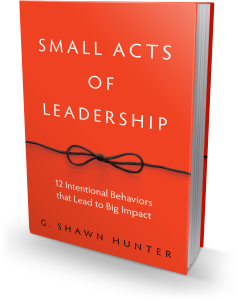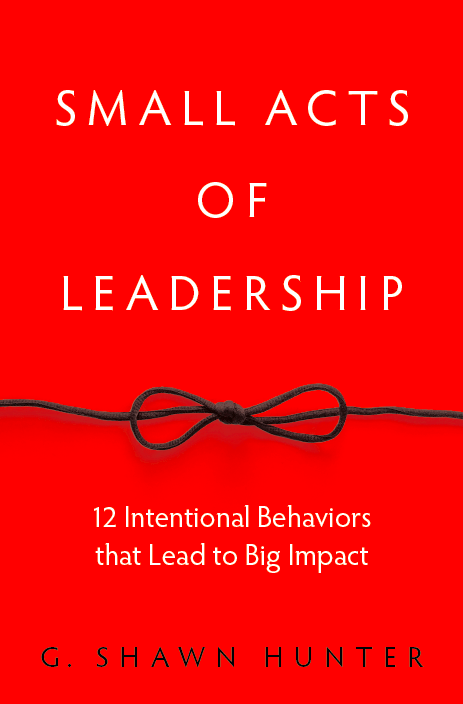You Can Only Do Something You Can First Imagine Doing
When author Neil Gaiman writes, he sits at a desk with a beautiful view of his garden, and allows himself only two choices: write or enjoy the view. That’s it.
“I’m allowed to sit at my desk, I’m allowed to stare out at the world, I’m allowed to do anything I like, as long as it isn’t anything. Not allowed to do a crossword, not allowed to read a book, not allowed to phone a friend, not allowed to make a clay model of something. All I’m allowed to do is absolutely nothing, or write.”
– Neil Gaiman
You might consider this remarkable discipline. Gaiman simply considers it a habitual choice. By creating an environment of simplicity, he can be more productive. It isn’t discipline per se, but rather that he has created a mindset which allows his focus and productivity to dominate the moment. Once we create the space for focus, the work can take on a life of its own. While writing The Color Purple, author Alice Walker said her characters would often speak with her, and even critique her writing.
We all understand that sometimes the real magic of creativity can happen in the shower, on a walk, while exercising, or in moments when you take a break from the project and allow the ideas to marinate, and give your mind the room to muse. While taking a break is important, we have to take a break from actually doing something meaningful, often difficult, work in order for those breakthroughs to happen. It starts with making the effort.
I’ve started taking guitar lessons again. Trust me when I tell you I’m a garden-variety mediocre player. But I’ve been playing for years and enjoy it. When I was younger I would often find an instructor and take lessons for a couple months to pick up something new and interesting, and some of those melodic phrases and tricks I learned years ago stick with me today. And while I can certainly learn new songs, I haven’t really progressed in my understanding of the guitar. I sound pretty much the same as I did ten years ago.
So I picked a four-month course on guitar music theory, and I’ve been plugging away at it every day. Each lesson is only about 45 minutes, and includes theory and practice. My instructor Molly, is teaching me how to see interconnected scales up and down the guitar, and – if this all pans out – I should be able to apply my creativity to the structure Molly is teaching, to create melodic expressions in any key. We’ll see if I learn to shred.
At the moment, the lessons are hard because I’m learning new patterns, novel phrases, and awkward finger positions. I’m constantly rewinding the video and yelling, “Molly, what are you doing?!” Honestly, I sound worse at the moment. But of course, that’s the dip in which things get hard, before they get better.
The interesting thing about taking time for mindful practice is that the lessons stay with me throughout the day. Like The Queen’s Gambit, I begin to see guitar patterns on the ceiling while making a sandwich. Last night, before bed, I was practicing in my mind.
Anything you can imagine, you can create. – Oprah Winfrey
Consistent studies have demonstrated that visualizing practice in our mind is very nearly as effective as actual practicing in real life. In a well-known experiment about shooting basketballs, Australian researcher Alan Richardson divided about 90 students into three groups. With the first group he asked them to ignore basketball and come back at the end of the month.
He asked the second group to come into the gym 5 days a week and practice their free throws for twenty minutes, and the third group he asked to come into the gym 5 days a week and for twenty minutes and imagine shooting free throws – to stand at the free throw line and visualize each attempt, to develop a pre-shot routine, “see” and “feel” the ball bouncing, and then leaving their hand arcing to the basket. If they missed, they had to visualize an adjustment. They were also asked to be constantly striving to improve.
At the end of the month all three groups had to come into the gym and shoot 100 free throws. Group 1 didn’t improve. Group 2 – the real practicing group – got 24% better, and group 3 – the visualizing group – got 23% better.
Visualization help us reach physical goals, but helps us reduce stress as well. It is commonly used among healthcare professionals as an effective stress management tool. Studies have shown that novice surgeons who participate in imagery training reduced self-reported stress. The same goes for police officers, professional presenters. Heck, even acrobatic skiers.
Imagine healthy challenges. Then get after it.
________________________________________________

My book Small Acts of Leadership, is a Washington Post bestseller! You can grab a copy here. And if you want to learn to apply some of these ideas and be an effective coach for your team, we wrote a course on that too. It’s called Coaching for Managers available over at UDEMY for Business.


 Shawn Hunter is President and Founder of
Shawn Hunter is President and Founder of  Shawn Hunter is President and Founder of
Shawn Hunter is President and Founder of  Shawn Hunter is President and Founder of
Shawn Hunter is President and Founder of 
 Shawn Hunter is President and Founder of
Shawn Hunter is President and Founder of  Shawn Hunter is President and Founder of
Shawn Hunter is President and Founder of  Shawn Hunter is President and Founder of
Shawn Hunter is President and Founder of